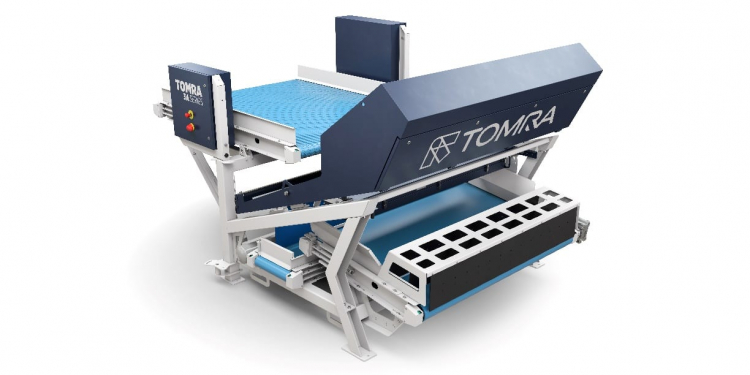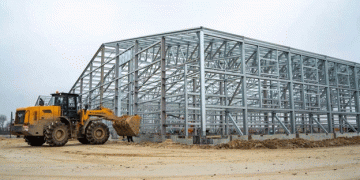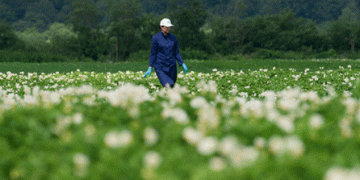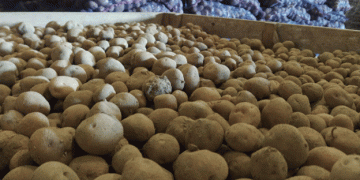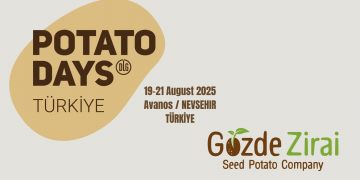Presorting collected products is not yet popular with Russian farmers and food manufacturing plants. And yet the situation is changing quickly with more and more market players introducing presorting into their production processes and starting to show an active interest in presorting solutions in general.
Presorting is the process of preliminary product sorting. On a farm, it may be done either directly in the field or before storing products or transferring them for further transportation. Processing plants usually opt for presorting when receiving products from suppliers.
Let us look at potato presorting using the TOMRA 3A. The new TOMRA 3A sorter by TOMRA Food, a world leader in the development and production of food sorting technologies and solutions, was first introduced in fall 2019. It is perfect for sorting both in the field and as part of a full-scale production line.
Presorting at Agricultural Enterprises: Fight for Square Centimeters
Preliminary sorting is quite a common practice for potato farmers in Europe and the USA. It is mostly due to companies striving to reduce costs since in many cases it is the only way to increase profits in highly competitive markets.
For example, field presorting with the TOMRA 3A can fully remove foreign objects from the harvest: soil clods, waste, or stones will never get into storage or the transporting truck. This is how cost reduction is achieved: the company simply stops storing or transporting stones instead of potatoes. Presorting with the TOMRA 3A allows increasing useful storage space by 15 to 20 percent. Put in monetary terms, these indicators are quite great for a small or even a medium agricultural enterprise.
Presorting at a Processing Plant: Be Safe from Costly Repairs
In Russia, presorting is mostly popular with food producers. It comes as no surprise since buying a special sorting machine for these purposes implies certain costs that only big processing enterprises that have already invested considerable sums into equipment can afford. Here, presorting as a technological process kills two birds with one stone.
First, it allows the company to easily check the products against the established standards. Everyone knows that food producers, for example, those who make potato chips, pose quite strict requirements for potatoes. These may have to do with the variety, size, color, etc. To check if the potatoes meet certain criteria, they have to be presorted before getting to the processing line. For example, the TOMRA 3A can easily remove unwanted green, small, or rotten potatoes so the company cuts costs related to non-compliant products.

Second and probably the most important, by using presorting the company virtually eliminates the possibility of failure and further repair of expensive equipment installed at the processing line. For if a stone gets into the cutting machine instead of a potato, it might lead to dire consequences up to the entire line being down for a long time. A field sorter installed right before the processing line provides protection from these risks.
Of course, one had to mind the scale of the enterprise. For instance, the smaller TOMRA 3A can sort up to 50 tons of potatoes an hour, while the bigger one handles up to 100 tons. How fast these sorters pay off directly depends on the product volumes they process.
A Matter of Time
TOMRA Food is already noticing a high interest in its sorting solutions, including presorting ones, from Russian agricultural and food processing enterprises. And it is all the more so since leasing programs that help decrease the financial burden related to the purchase of sorting equipment are getting more popular. By the way, the first supplies of the efficient TOMRA 3A field sorters to Russian customers are planned for this fall.
Presorting being more or less a widespread practice in the Russian market is truly only a matter of time. It directly depends on the maturity and transparency of the market, whether both big and average market players are ready for long-term processes and are not afraid to invest with a view to five- and ten-year payoff cycles. It is great to know that this is the direction our market is going in.
